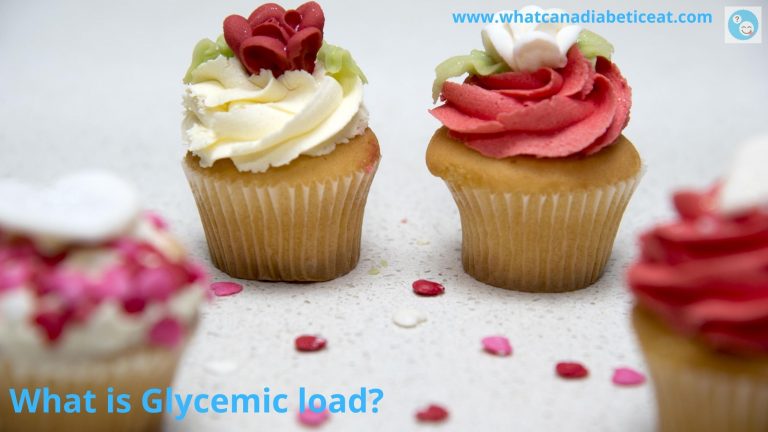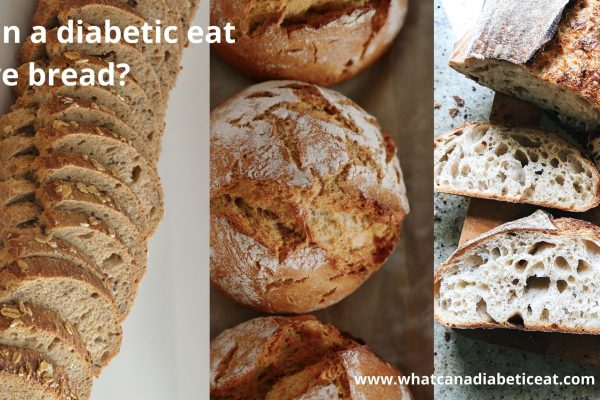Knowing what glycemic load is makes it a lot easier to plan and prepare diabetic meals. A diabetic can generally eat food that does not raise blood sugar levels too high too quickly. Most diabetics start by monitoring carbohydrate intake and blood sugar levels. Different foods have different levels of carbohydrates and affect your blood sugar levels differently.
Glycemic load (GL) is expressed as a number that gives you an idea on blood glucose raising effect of a given portion of food. GL not only covers the level of carbohydrate in a portion of food but also how quickly it raises blood glucose levels.
How useful is Glycemic index or Glycemic load?
Dieticians recommend usage of glycemic index and glycemic load to quantify the blood glucose raising effects of what a diabetic eats. To begin with, glycemic index can help you in deciding what food to chose. But it is GL that can really help in deciding the portion sizes of different foods that can make a perfect balanced meal for a diabetic. Glycemic load can be useful for people with diabetes to assess which quantities of which foods are likely to be suitable for maintaining good blood glucose levels.
Is GL based diet really good for a diabetic?
Experts across the globe have mixed opinions on GL based diet for diabetics. Some experts say diabetics will benefit by choosing their food based on GI and GL. Apparently carefully chosen food based on GI and GL will prevent blood sugar level spikes. Some other experts however have a totally different opinion about what causes sudden blood sugar spikes. They believe total carbohydrate content in a meal than GI or GL plays a stronger role in blood sugar pikes. There are even other experts that believe it might be very complex for diabetics to focus on GI and GL while planning their diet.
We can reasonable conclude that a diabetic needs to decide by learning from experience how to plan meals.
How do you calculate Glycemic load?
The formula for Glycemic load is as below:
Glycemic Load (GL) = Glycemic Index (GI) x carbohydrate / 100
In the above formula Glycemic Index or GI is the glycemic index of teh food in question. Carbohydrate is the amount of number of grams of carbohydrate in the given portion of the food in question.
As you can see above, a bit of calculation is involved in finding out the Glycemic Load of a portion of a food. Not everyone may have the time and skill to make this calcualtion while planning meals. But if you have the time and ability to calculate the GL of your meals, it can help you to a great extent in eating healthy and keeping your blood sugar levels right.
What is considered high gylcemic load and low glycemic load?
As a generic standard, experts consider any glycemic load between 0 and 10 as low. A GL between 11 and 19 is medium. Likewise, any GL of 20 and above is considered high.
It is important to note that different people respond differently to carbohydrate content in food. If you give same diet to different people, they all may show different raises in blood sugar levels. So if you plan to make use of glycemic load to plan your meals, you must keep this in mind.
How to plan diabetic meals using GL?
If you are a diabetic, it is good to assess glycemic load of your meal and monitor your blood sugar levels. This will help to plan your meals keeping your blood sugar levels in the recommended range.
For example, if you have glycemic load value for your favourite food, you can decide how often you can enjoy that food without fear of raising blood sugar levels. Also if you plan to try a new recipe but worried what impact it would have on your blood sugar levels, glycemic load can help you answer few important questions. You can decide what portion size of your new recipe can be good for you. You may find it very helpful to keep a blood glucose monitor with you. It helps you to check your blood sugar levels when needed. As a general practice, you may check your blood sugar levels few times a day. For example, before you eat, 2 hours after eating and again 4 hours after eating.





